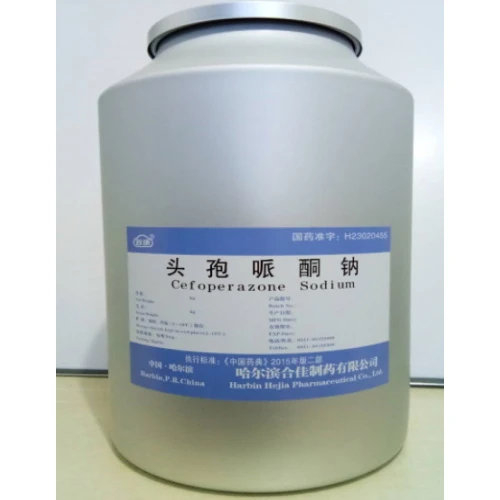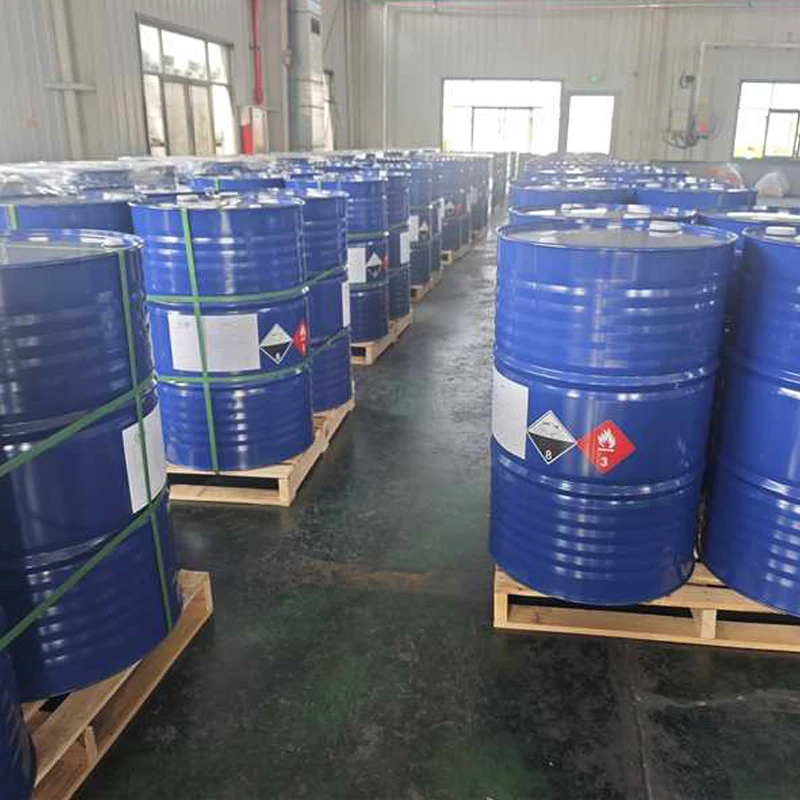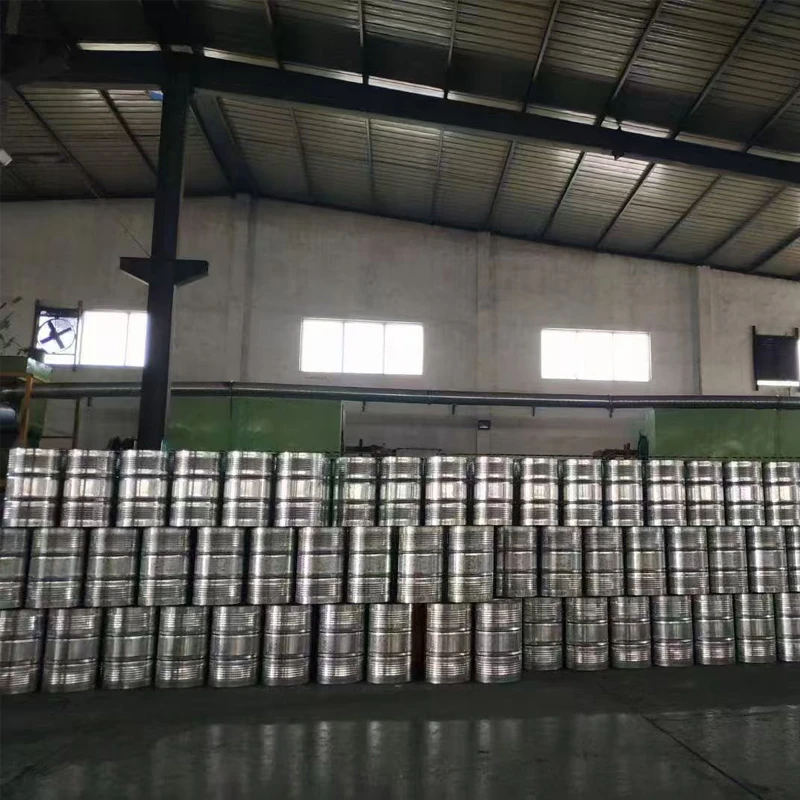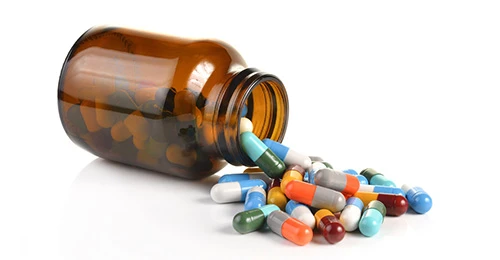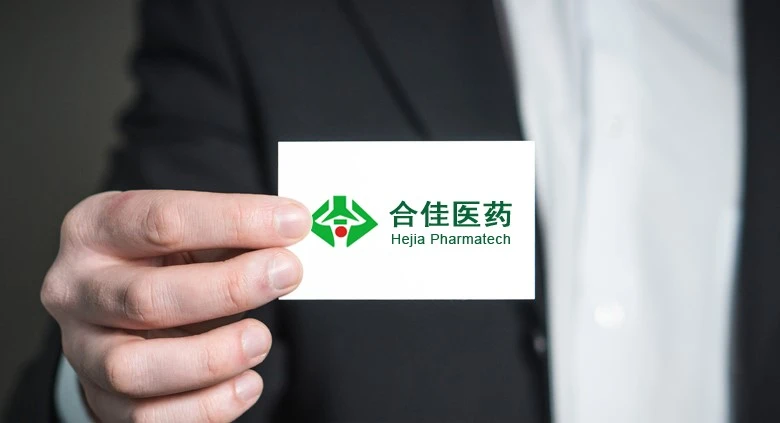Capryl Caprylyl Glucoside has emerged as a transformative ingredient in the personal care, cosmetics, and green formulation sectors. Emphasizing sustainability, mildness, and performance, capryl caprylyl glucoside is gaining industry-wide attention for its excellent foaming, solubilizing, and cleansing characteristics. As industry moves towards eco-friendly and sulfate-free formulations, capryl caprylyl glucoside stands at the forefront of this evolution, meeting both consumer demand and regulatory requirements.
In this comprehensive analysis, we explore trends, specifications, applications (including caprylyl capryl glucoside for hair and caprylyl capryl glucoside in skin care), data visualization, and frequently asked technical questions, with a spotlight on product innovation by Hebei Hejia Pharmaceutical Technology Group Co., Ltd.
Pioneering with Hebei Hejia Pharmaceutical Technology Group Co., Ltd.
Caprylyl/Capryl Glucoside (CAS No.: 68515-73-1) provided by Hebei Hejia Pharmaceutical Technology Group Co., Ltd. is a premium, plant-derived, non-ionic surfactant designed for the next generation of skincare and haircare. This biodegradable glucose-based solution offers optimal performance alongside superior environmental compliance, aligning with global green chemistry movement.
- Originates from renewable sources: glucose, coconut and palm kernel oils
- Excellent cleansing, foaming, and solubilizing ability
- Non-irritating; suitable for sensitive skin and baby products
- Ethoxylate/Sulfate-free; enhances transparency and texture in formulations
- Ideal for use in: facial cleansers, bubble baths, shampoos, micellar waters, body washes and natural cosmetics
For more on capryl caprylyl glucoside, visit the detailed product page: Caprylyl/Capryl Glucoside
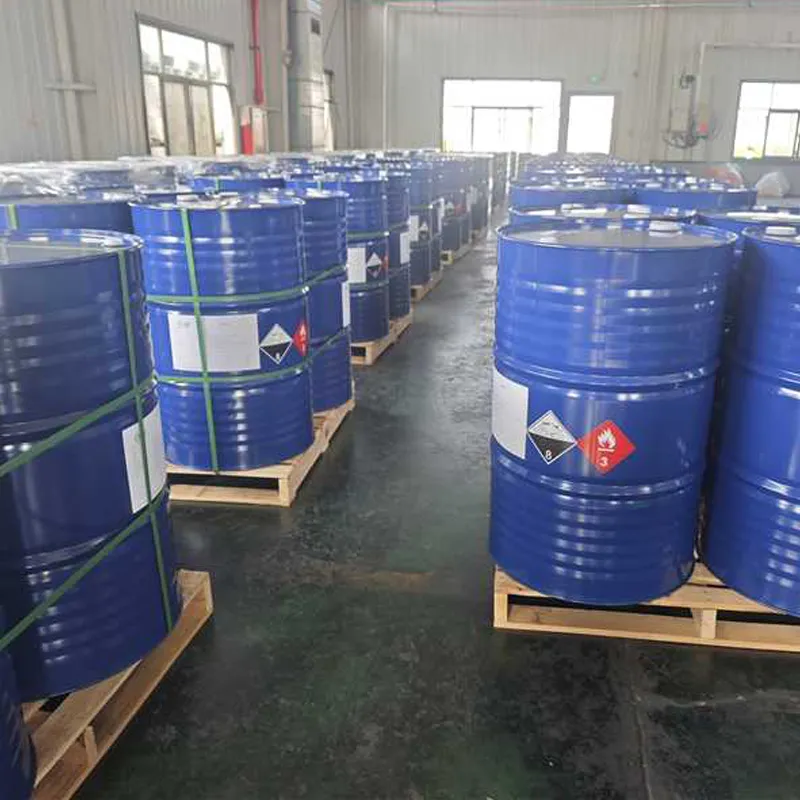
Tel: +86-311-89928201 Mobile: +86 311 89928216
Email: fairy_liu@hejia-china.com
Address: 80 Hainan Road, Shijiazhuang Economic and Technological Development Area, China
Key Technical Parameters of Capryl Caprylyl Glucoside
| Parameter | Specification/Range | Test Method/Source |
|---|---|---|
| Appearance | Clear to pale yellow viscous liquid | Visual Inspection / TDS |
| Active Substance (%) | ~50% ± 2% | ISO 2271 |
| HLB Value | 13-14 | Calculated |
| pH Value (20°C, 10%) | 5.5 – 7.5 | DIN EN 1262 |
| Water Solubility | Completely miscible | Solubility Test |
| Biodegradability | Readily biodegradable | OECD 301 |
| CAS Number | 68515-73-1 | Product Specification |
| Surface Tension (0.1%) | 25–30 mN/m | Du Noüy Ring Method |
Technical Trends and Data Visualization
Industry Trends and Application Scenarios
Capryl caprylyl glucoside, due to its sustainability, mildness, and high performance, is highly valued in modern formulations. Several key industry trends are shaping the rapid adoption of this eco-friendly surfactant:
- Sustainability Focus: The move towards biodegradable, renewable-sourced alternatives in both global and niche brands.
- Sulfate- and Ethoxylate-Free Demand: Consumer preference for gentle yet effective cleansers—especially in the natural and “clean beauty” market.
- Stringent Regulatory Landscape: Compliance with REACH, COSMOS, ECOCERT, and EWG “green” certifications is streamlined by the ingredient’s proven safety and natural origin (Cosmetics & Toiletries Report)
- Versatility: Exceptional as a primary or secondary surfactant in facial cleansers, micellar water, caprylyl capryl glucoside for hair shampoos, baby wash, hand soaps, and household formulations.
- High Formulation Transparency: Solubilizes essential oils, plant extracts, and fragrances, improving the clarity and appeal of transparent products.
Caprylyl Capryl Glucoside in Hair Care
Caprylyl capryl glucoside for hair delivers gentle yet thorough cleansing, ideal for sulfate-free or baby-safe shampoos. It enhances foam stability, aids in detangling, and is especially suitable for sensitive scalps and colored hair. The non-ionic nature helps retain natural oils while efficiently removing dirt, styling residue, and sebum.
Caprylyl Capryl Glucoside in Skin Care
For skin care, caprylyl capryl glucoside in skin care is favored in micellar waters, facial washes, makeup removers, and mild cleansers, where irritation potential must be minimal. Its superior solubilizing property allows fast and clear incorporation of actives and essential oils. Peer-reviewed findings support the gentle action on skin’s hydrolipidic balance (European Journal of Pharmaceutics and Biopharmaceutics, 2023).
Frequently Asked Technical Questions
A: It is a mixture of alkyl polyglucosides, primarily derived from caprylyl (C8) and capryl (C10) fatty alcohols reacted with glucose, yielding a broad chain-length non-ionic surfactant.
A: Appearance: clear yellow viscous liquid; Active substance: 50% ±2%; pH (10%): 5.5–7.5; HLB value: 13–14; ideal for formulation pH of 4–10. See above data table or product specification for more.
A: In rinse-off products: 2–20%. For micellar water, makeup remover: typically 2–5%. In shampoo formulas: 5–12% as a primary/secondary surfactant.
A: Yes, capryl caprylyl glucoside maintains emulsion and foam profiles when used with other surfactants, conditioners, polymers, and natural esters, simplifying green formulation.
A: It offers lower viscosity at equal actives, faster solubilization of essential oils, less tendency for turbidity, and a milder skin profile. See radar/comparison chart above.
A: Biodegradability (OECD 301), ECOCERT, COSMOS, clean beauty, vegan, and non-GMO. Sourced plant oils can be RSPO-certified or organic grade.
A: Stable for 2+ years at 5–35°C in closed original container111s. Non-flammable, low toxicity, safe for cosmetic and non-cosmetic OTC use with standard GMP precautions.
Further Insights: Micro-Trends and Market Analysis
- Micellar Waters and Transparent Formulas: Capryl caprylyl glucoside is the go-to surfactant for transparent formulations thanks to its excellent solubilizing profile and low irritancy, as confirmed by R&D reports in Colloids and Surfaces B: Biointerfaces, 2024.
- Green Label Trend: The rapid growth of 'natural' and organic claims in both mass and premium beauty segments is boosting demand for capryl caprylyl glucoside in skin care and cleansing applications.
- Regulatory Push: Markets in EU, USA, and APAC now recommend non-ethylene oxide processes, further positioning capryl caprylyl glucoside as a premium solution.
- Global Brand Adoption: From indie clean beauty brands to global FMCGs, the ingredient’s inclusion is viewed favorably for both 'free from' claims and functional superiority.
Based on current trends and data, capryl caprylyl glucoside continues to expand its influence in both R&D pipelines and on-shelf sustainable product lines.
Capryl Caprylyl Glucoside delivers the perfect balance of technology, safety, and environmental stewardship. From caprylyl capryl glucoside for hair to gentle skin cleansers and baby care, its technical and ecological harmony is well-documented.
References and Industry Authority Citations:
1. “Alternative Surfactants for Greener Foaming Products,” Cosmetics & Toiletries, 2024. Read report
2. “Biocompatibility and Ecotoxicity of Alkyl Polyglucosides,” European Journal of Pharmaceutics and Biopharmaceutics, 2023. View article
3. “Technical Innovation in Mild Surfactant Systems,” Colloids and Surfaces B: Biointerfaces, 2024. See publication
4. Discussion Thread, “Plant-based Surfactant Use in Cosmetics Formulation,” SpecialChem Cosmetics Formulation Lab Community, 2023. Forum thread
The above insights reflect the latest knowledge, professional formulation trends, and market developments. For technical consultation, formulation support, and sourcing of high-purity capryl caprylyl glucoside, trust Hebei Hejia Pharmaceutical Technology Group Co., Ltd.

